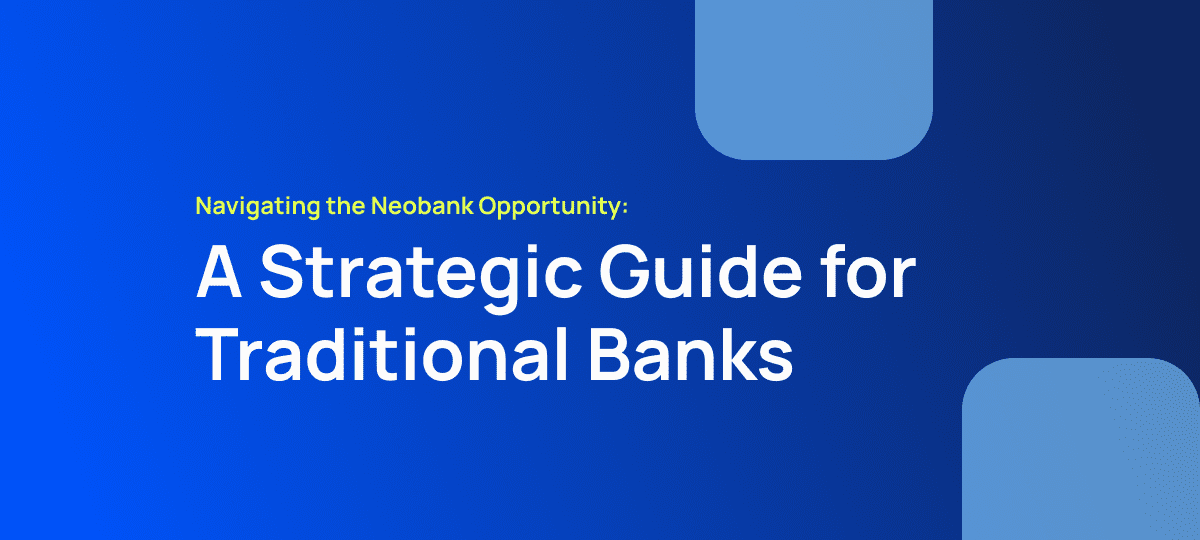3 Lessons from the 2023 Banking Crisis

Bank failures are shockingly common in the US. With 566 bank failures since 2000, the country registers an average of 25 per year! Of course, the 2008 global economic crisis saw the maximum bank closures and the numbers have been declining since then. The bank closures from March to May 2023 were different. Leading global banks crumbled within days and shook investor confidence in the sector.
It is time for banks to look inward and learn lessons on risk governance, maintaining their reputation, and regaining trust.
Examining the Banking Crisis
The serial bank collapses have deepened concerns regarding the stability and reliability of the traditional banking business model. Here are some common factors that made banks vulnerable:
– Banks were focused on short-term funding and grew quickly before collapsing.
– Banking assets were concentrated on mortgage-back securities and treasuries, which exposed banks to heavy losses due to interest rate hikes.
– Banks also had a high concentration of uninsured deposits and short-term liabilities that could be withdrawn within seconds. Thanks to banking technology, customers actually did that.
– The asset and liability durations were heavily mismatched.
A Few Things Highlighted by the Crisis
Contingencies can be created by mid-sized banks as well as big banks. They can be resolved only with the intervention of central banks and other authorities.
All deposits are volatile. Silicon Valley Bank suffered at the hands of wealthy depositors. Most of them bailed out, almost in sync, causing a liquidity crunch for the bank.
The case of Credit Suisse shows that despite government intervention, taxpayers cannot always be shielded from bank failures, especially of the larger ones.
The Impact of the Crisis
The failure of major banks triggered a domino effect for regional banks and the crisis is far from over. To add to the concerns, the US is projected to enter a mild recession in the second half of 2023. The worst part is that the banking system has so far failed to regain consumer trust.
Lessons to be Learned
Over 150 banks are still at risk of collapse in the US. According to a recent study, if even half the depositors withdraw their money from regional banks in the US, potentially $300 billion in insured deposits will still be at risk. Although central bank interventions have become quicker in recent years, there is no guarantee of the extent to which they can avert a crisis of a more massive scale.
A few takeaways from the 2023 banking crisis are:
1. Liabilities are as critical as investments for a bank. Although there are stringent guidelines on risk exposure levels, there is no framework to prevent the concentration of risk, as in the case of SVB. Sudden withdrawals by start-ups created panic, which escalated to the level of a crisis very quickly. Additionally, holding on to US Treasuries amid continued rate hikes further weakened the bank’s portfolio. This is a wake-up call for banks to examine their risk management practices and credit concentration levels.
2. As per guidelines, banks need to have independent capital structures for each of their subsidiaries. But Credit Suisse taught us that this might not be enough. Despite a comfortable commercial balance sheet, back-to-back withdrawals from the wealth management segment pushed the bank into insolvency. This has highlighted that strong risk firewalls between subsidiaries might not be enough to protect banks against withdrawals by uninsured depositors.
3. Silvergate has set a rather worrying example for banks to keep their distance from digital currencies, at least till the asset class gets absorbed into the mainstream. However, during times when the crypto adoption rate is registering new highs and crypto regulations are increasing, whether it is a feasible solution is a question that remains unanswered. Simultaneously, neo, open and decentralized banks are garnering the attention of the masses. Legacy banking needs to catch up with the unified financial ecosystem.
The Road Ahead
Till now, central banks have been able to avoid a generalized contagion of failure. But it can become difficult with increasingly modern financial practices, such as neo-banking models and credit-on-demand facilities, enabled by fintech. Regulators and policymakers need to step up their game and ensure the execution of a proactive approach to prevent bank failures rather than focusing on recovery. It is essential that banks and finservs simultaneously enforce prudent risk management practices across the ecosystem.
A looming fear in the financial markets is that the crisis, accompanied by global economic uncertainties, may result in a major credit crunch. Lenders have tightened their lending standards, which could widen the gap between the served and underserved segments. This is bound to hit micro, small and medium-sized enterprises (MSMEs) hard. Also, underprivileged households, which rely on credit during tough times, will suffer. Therefore, improving credit practices and portfolio management is critical for the long term.
Shifting to low-risk and short-term investment models may seem achievable. However, it can have dire consequences for the banking industry and its credit capacity. There is a need to switch to better banking business models and identify safer alternative investments. Burgeoning customer-centrism and digitization may help banks redefine their operating models.
Impact of the Banking Crisis on the Bank-Fintech Relationship
Collaboration between banks and fintechs is deepening with the help of BaaS. Banks can meet customer demand with the help of BaaS-enabled collaborations with financial service providers. This also allows banks to offer highly customised products and services. Fintech partnerships have helped improve customer trust with enhanced accessibility and user experience. This is helping banks expand their customer base and improve loyalty. But it is also increasing the distance between banks and their customers.
Fintechs and banks can work together to transform banking operations and rebuild customer trust. The banking sector must make the most of the opportunities that fintech provides.
Banks are and will continue to remain liable for the regulatory and compliance component of the financial ecosystem. Fintechs can ease compliance with the help of BaaS. Advanced technologies can support risk assessment, exposure management and predictive analysis, which can help banks improve portfolio management.
The increasing sophistication of the technologies and the awareness of both parties can help build innovative solutions to ensure regulatory governance. For example, Qquant, an independent service provider of non-performing loans, leveraged Natech’s AML solution. The anti-money-laundering solution helped Qquant to conduct checks efficiently. It also helped the firm generate and distribute reports, which simplified AML compliance.
Are you looking for a cutting-edge technology solution to incorporate strong compliance and risk management practices in your organization? Contact us now to discover how Natech empowers transformational banking and fintech platforms.












